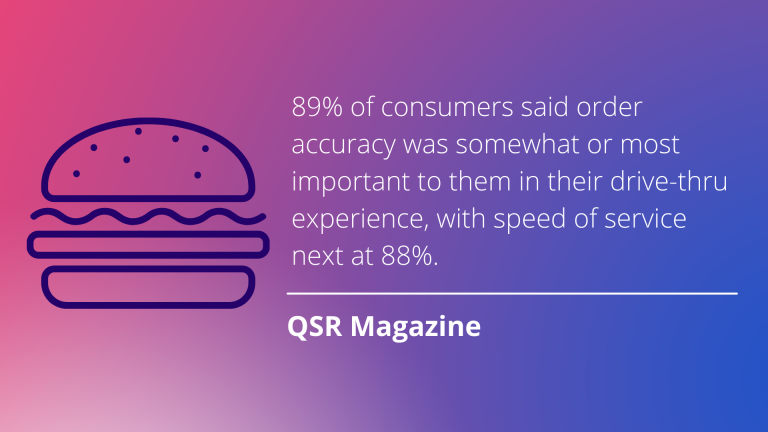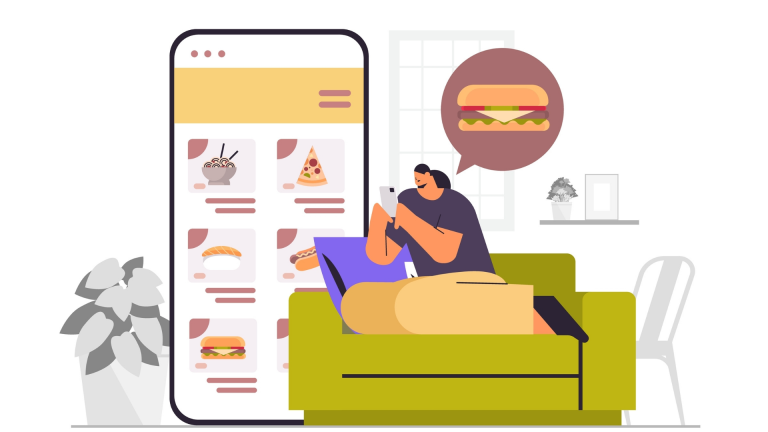Many QSRs adopted technology solutions during the pandemic as part of a broader trend in the restaurant business to confront ongoing labor challenges and still maintain strong customer service levels. 87% of all restaurant industry operators, owners or managers believe technology adoption has been critical for survival throughout COVID-19, according to Lightspeed’s “Global State of the Hospitality Industry” report.
Voice AI is one of the technologies that QSRs are turning to. They are serving up voice assistants on their mobile apps, kiosks, drive-thrus, and drive-ins to make it easier than ever for customers to order their favorite meals.
Data shows they’re investing in the right technology, too. According to Voicebot.ai, 64% of adults are interested in using voice AI to order food, and more than one-quarter of all U.S. consumers who own voice-activated devices have used them to place food orders. As the demand for touchless, fast, and accessible options continues to grow, quick service and fast casual restaurateurs are realizing the benefits of voice assistants for accurate and efficient food ordering.
Here are the top 8 reasons QSRs are implementing voice assistants in drive-thrus, drive-ins, and self-serve kiosks:
- Conversational interfaces
- Personalized voice experiences
- Greater hygiene
- Faster, more convenient customer service
- More accurate ordering
- Reduced operational costs
- Increased sales through upselling
- Consistent brand experiences
1. Conversational interfaces
The evolution of voice assistants has grown from only understanding simple commands and scripted questions to processing complex and multi-part queries, making for more natural, conversational interactions. In a study by Opus Research, 88% of leaders in the QSR industry considered being able to ask for things more naturally a top end-user benefit of voice AI.
In the restaurant industry where long menus and frequent substitutions are the norm, voice user interfaces are faster and more innate than using a touch screen. Instead of engaging in a series of types and swipes to access menu items, customers can simply ask the voice assistant for what they want, the way they want it and have their selections ordered in seconds. Even if the customer doesn’t know where an item is on the menu or what it is called, they can add it to their order quickly with a voice assistant, eliminating frustration and increasing customer satisfaction.
2. Personalized voice experiences
Personalized experiences are a key element of voice interactions. A study by Single Grain discovered that 80% of respondents are more likely to do business with a company if it offers personalized experiences. Voice assistants can personalize interactions by creating guest profiles to tailor the ordering experience for loyal and returning customers.








